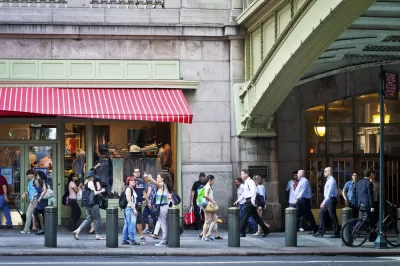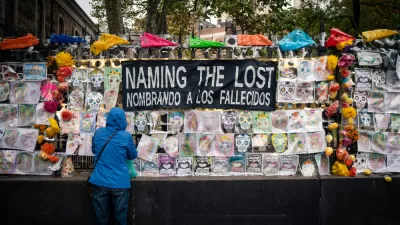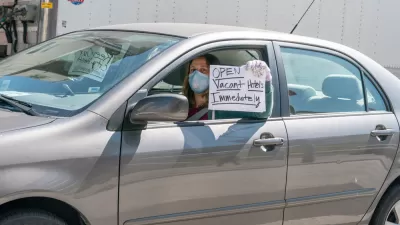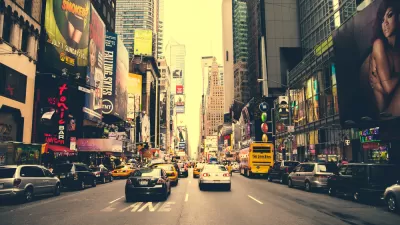The densest city in the country is struggling with the rapid spread of the virus, and close proximity is likely a primary factor.

"New York has tried to slow the spread of the coronavirus by closing its schools, shutting down its nonessential businesses and urging its residents to stay home almost around the clock. But it faces a distinct obstacle in trying to stem new cases: its cheek-by-jowl density," writes Brian M. Rosenthal.
The coronavirus is spreading throughout the city and region at an alarming rate. The high density puts people in close contact on public transit, in public spaces, and in apartment buildings.
Rosenthal also looks at Los Angeles, where the number of confirmed coronavirus cases and deaths are much lower than in New York City. The population of Los Angeles is half of New York City’s, with less crowded transportation, housing, and tourist spaces. In addition, other factors might be contributing to these differences, including warmer weather, less testing in Los Angeles, and better containment.
"Still, public health experts said that density was likely the biggest reason for why the virus has torn through New York City and not yet hit to the same degree elsewhere. They urged other cities and towns around the country to pay attention," says Rosenthal.
For more on the urban density debate that has grown from the spread of the pandemic and the public policy response, see previous coverage from Planetizen.
FULL STORY: Density Is New York City’s Big ‘Enemy’ in the Coronavirus Fight

Planetizen Federal Action Tracker
A weekly monitor of how Trump’s orders and actions are impacting planners and planning in America.

Restaurant Patios Were a Pandemic Win — Why Were They so Hard to Keep?
Social distancing requirements and changes in travel patterns prompted cities to pilot new uses for street and sidewalk space. Then it got complicated.

Map: Where Senate Republicans Want to Sell Your Public Lands
For public land advocates, the Senate Republicans’ proposal to sell millions of acres of public land in the West is “the biggest fight of their careers.”

Maui's Vacation Rental Debate Turns Ugly
Verbal attacks, misinformation campaigns and fistfights plague a high-stakes debate to convert thousands of vacation rentals into long-term housing.

San Francisco Suspends Traffic Calming Amidst Record Deaths
Citing “a challenging fiscal landscape,” the city will cease the program on the heels of 42 traffic deaths, including 24 pedestrians.

California Homeless Arrests, Citations Spike After Ruling
An investigation reveals that anti-homeless actions increased up to 500% after Grants Pass v. Johnson — even in cities claiming no policy change.
Urban Design for Planners 1: Software Tools
This six-course series explores essential urban design concepts using open source software and equips planners with the tools they need to participate fully in the urban design process.
Planning for Universal Design
Learn the tools for implementing Universal Design in planning regulations.
Heyer Gruel & Associates PA
JM Goldson LLC
Custer County Colorado
City of Camden Redevelopment Agency
City of Astoria
Transportation Research & Education Center (TREC) at Portland State University
Camden Redevelopment Agency
City of Claremont
Municipality of Princeton (NJ)





























